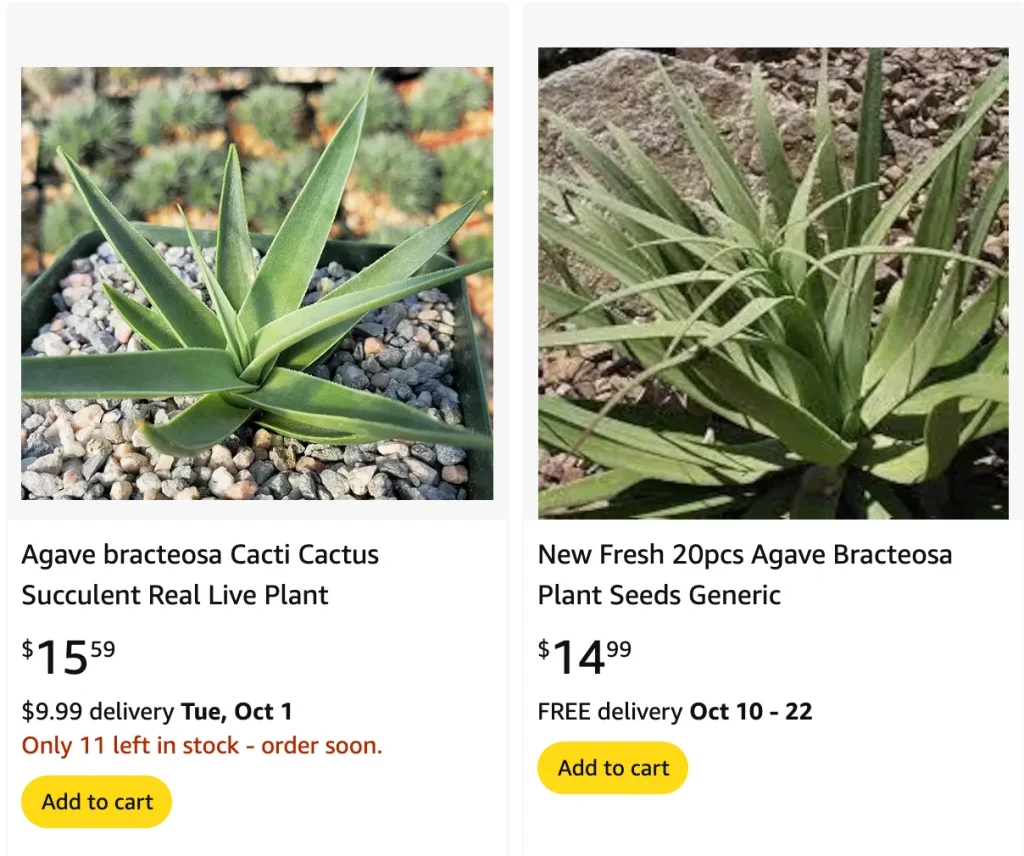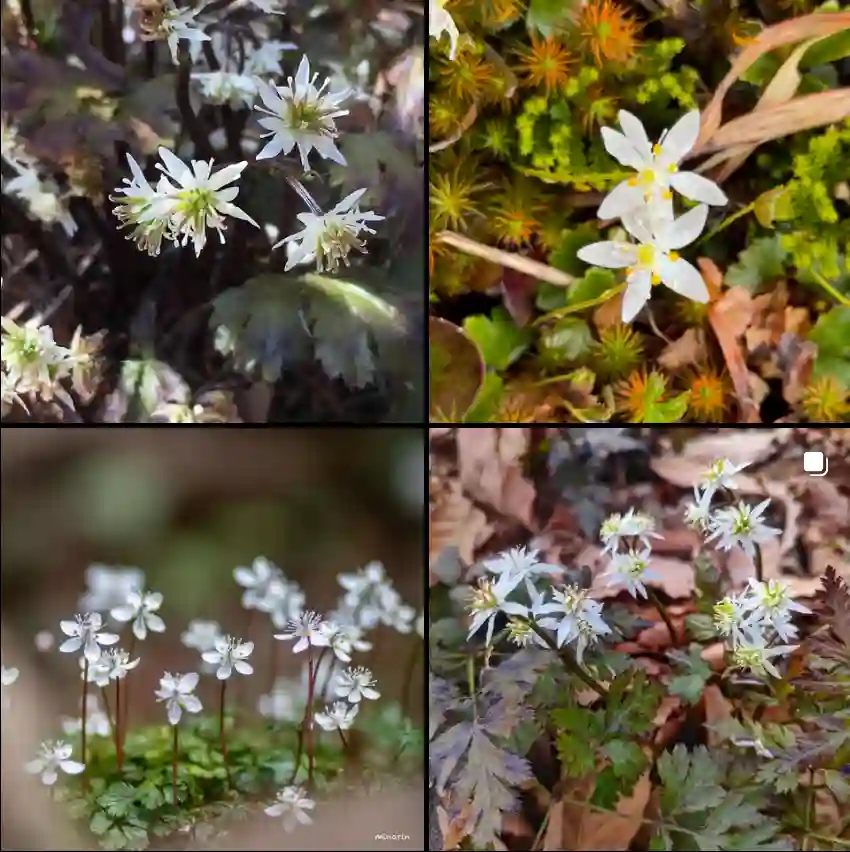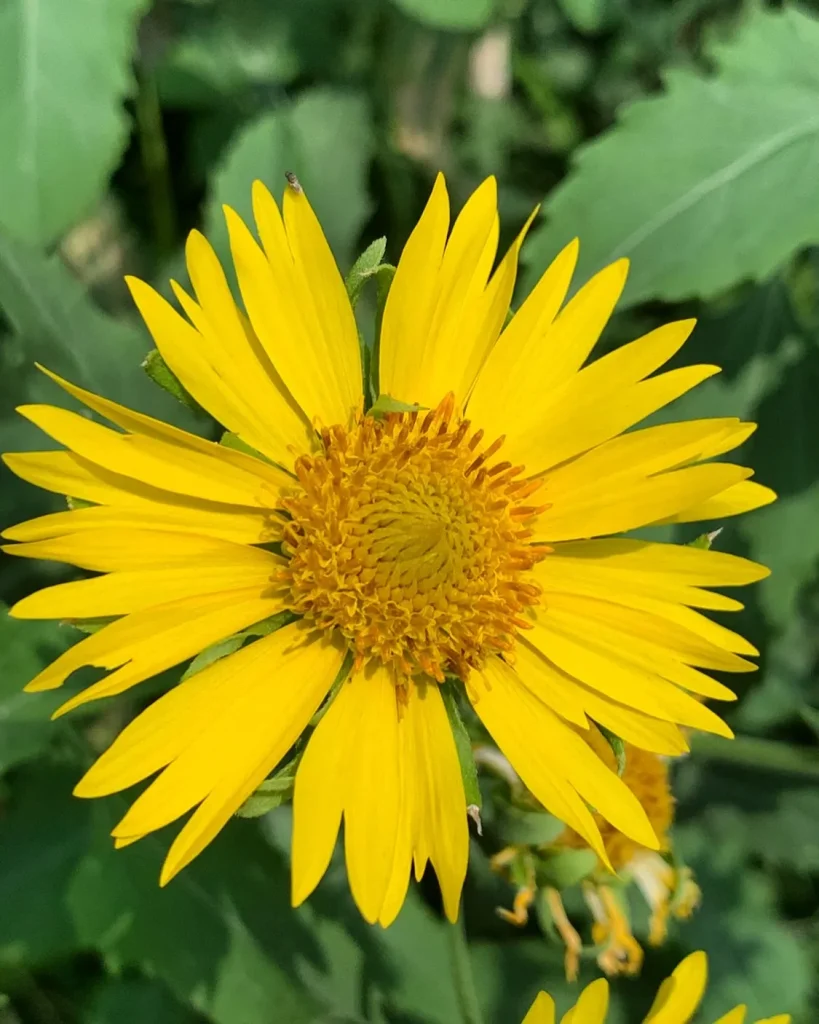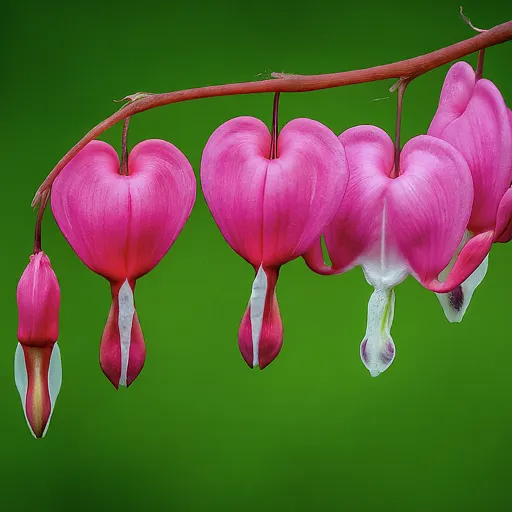
FAQs About Agave Bracteosa
I’ve spent quite a bit of time with Agave Bracteosa, and I’m always fascinated by this unique plant. It’s a fantastic choice for anyone looking to add some striking, low-maintenance greenery to their space. Here’s a comprehensive guide to the most frequently asked questions about Agave Bracteosa.
304 Species in Genus Agave
What Is Agave Bracteosa?
Agave Bracteosa, also known as the Spider Agave, is a succulent plant native to Mexico. It’s renowned for its rosette of narrow, arching leaves that resemble spider legs. Unlike some other agave species, Agave Bracteosa doesn’t grow a tall flower stalk, which makes it a bit more compact and suitable for smaller spaces.
How to Care for Agave Bracteosa?
Caring for Agave Bracteosa is relatively straightforward, which is one of the reasons I appreciate it so much. Here are some key care tips:
- Light: This plant thrives in bright, indirect light. It can handle some direct sunlight, but too much can scorch its leaves.
- Water: Agave Bracteosa is drought-tolerant and prefers to dry out completely between waterings. Overwatering can lead to root rot, so it’s better to underwater than overwater.
- Soil: Use well-draining soil, such as a cactus or succulent mix. Good drainage is crucial for this plant.
- Temperature: It prefers warm temperatures and can tolerate a range from 60 to 80 degrees Fahrenheit. It’s not frost-tolerant, so keep it away from cold drafts.
How to Propagate Agave Bracteosa?
Propagating Agave Bracteosa is quite simple and can be done through offsets or pups:
- Offsets: The plant produces small offsets around its base. Carefully separate these from the parent plant and replant them in a new pot.
- Pups: Similar to offsets, pups can be detached once they are large enough to handle. Allow the cut end to callous over for a few days before planting.
What to Plant With Agave Bracteosa?
If you’re looking to create a stunning arrangement, consider pairing Agave Bracteosa with other succulents and cacti that have similar care requirements. Plants like Echeveria, Sedum, or even small varieties of Aloe can complement its unique appearance. For a desert-themed garden, mix it with ornamental grasses or low-growing ground covers.
Is Agave Bracteosa Toxic?
Agave Bracteosa is not considered toxic to humans or pets. However, its sharp leaf edges can cause minor irritation if they come into contact with skin. It’s always a good idea to handle the plant carefully and keep it out of reach of small children and pets.
Benefits of Agave Bracteosa
One of the main benefits of Agave Bracteosa is its low maintenance. It’s a hardy plant that doesn’t require frequent watering or special soil conditions. Additionally, its distinctive appearance makes it a conversation starter and an eye-catching addition to any garden or indoor space.
Common Problems with Agave Bracteosa
Despite its hardiness, Agave Bracteosa isn’t completely free from issues. Here are a few common problems I’ve encountered:
- Overwatering: This is probably the most common issue. Root rot can occur if the plant is left in soggy soil for too long. Always ensure the soil is well-draining and water only when dry.
- Pests: While not highly susceptible, Agave Bracteosa can attract mealybugs or scale insects. Regularly inspect the plant and treat any infestations promptly.
- Sunburn: Too much direct sunlight can cause the leaves to become sunburned. If you notice any leaf discoloration, consider moving the plant to a spot with indirect light.
How Does Agave Bracteosa Compare to Other Agave Species?
Agave Bracteosa is often compared to other agave species due to its unique appearance. Here’s how it stacks up against some common ones:
- Agave Attenuata: Unlike Agave Bracteosa, Agave Attenuata has broader, more rounded leaves and typically grows much larger. Agave Attenuata also has a more pronounced flower stalk when it blooms.
- Agave Parryi: Agave Parryi is another popular variety with a more rigid rosette of leaves and spines along the edges. It’s more tolerant of cold temperatures compared to Agave Bracteosa.
- Agave Victoriae-Reginae: Known for its compact size and striking white leaf margins, Agave Victoriae-Reginae is a bit smaller than Agave Bracteosa and often used as a decorative indoor plant.
In summary, Agave Bracteosa is a versatile and visually captivating plant that adds a unique touch to any collection. Its low maintenance needs and striking appearance make it a great choice for both seasoned gardeners and beginners alike. If you’re considering adding one to your space, you’re in for a treat with this charming agave.
If i die, water my plants!



